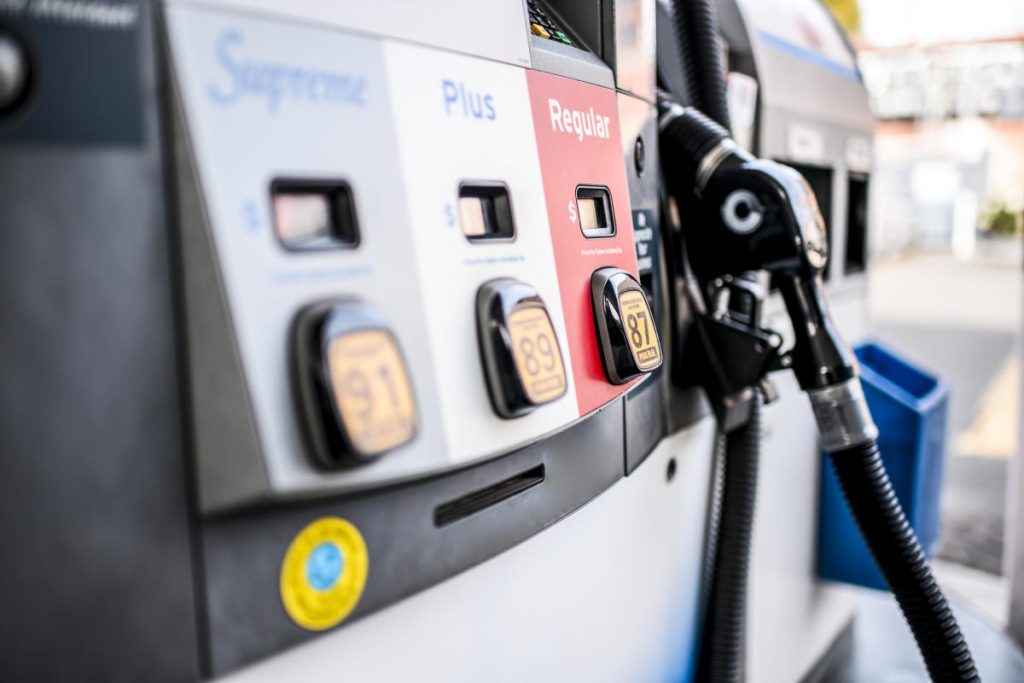Gas prices have been steadily increasing nationwide, but California has seen a significant spike in prices in a short amount of time. The state’s average at the pump jumped by $0.23 to $5.27 per gallon, while the national average rose to $3.54 per gallon. Refinery challenges, such as a Phillips 66 refinery in the Bay Area switching to renewable diesel production, have been cited as the main reasons for California’s soaring prices. Additionally, scheduled maintenance at two critical refineries in May and speculative buying in global markets have driven wholesale prices up.
Tom Kloza, global head of energy analysis at OPIS, points out that gasoline prices in San Francisco are currently at a premium of almost $60 per barrel more than current crude oil levels. While West Texas Intermediate and Brent futures have exceeded $86 and $91 per barrel respectively on Friday, Kloza predicts a correction in gasoline and crude oil prices in the next 30 days. Last year, California passed the Gas Price Gouging and Transparency Law to regulate refinery margins, and authorities are meeting to finalize specific rules. However, Andy Lipow, president of Lipow Oil Associates, suggests that the law’s requirements may deter gasoline importers from doing business in the state, potentially exacerbating supply issues.
California’s gasoline has always been more expensive than the national average due to the state’s special blend requirements and high taxes aimed at reducing carbon emissions. Gasoline inventories in the US have been decreasing, indicating strong demand across the country as we head into the summer driving season. Regina Mayor, KPMG global head of clients and markets, expects prices to continue to rise in the short term due to growing demand. However, Mayor also predicts that demand destruction may occur if prices become too high, as consumers might reconsider driving over the summer holidays if gas prices reach unacceptable levels.
Overall, the outlook for gas prices in California and nationwide remains uncertain, with various factors such as refinery challenges, maintenance schedules, and global market dynamics influencing the price at the pump. Regulatory efforts like the Gas Price Gouging and Transparency Law aim to keep a lid on refinery margins and promote greater transparency in the gasoline market. As we approach the peak summer driving season, the balance between supply and demand will ultimately determine the direction of gas prices in the coming weeks.


